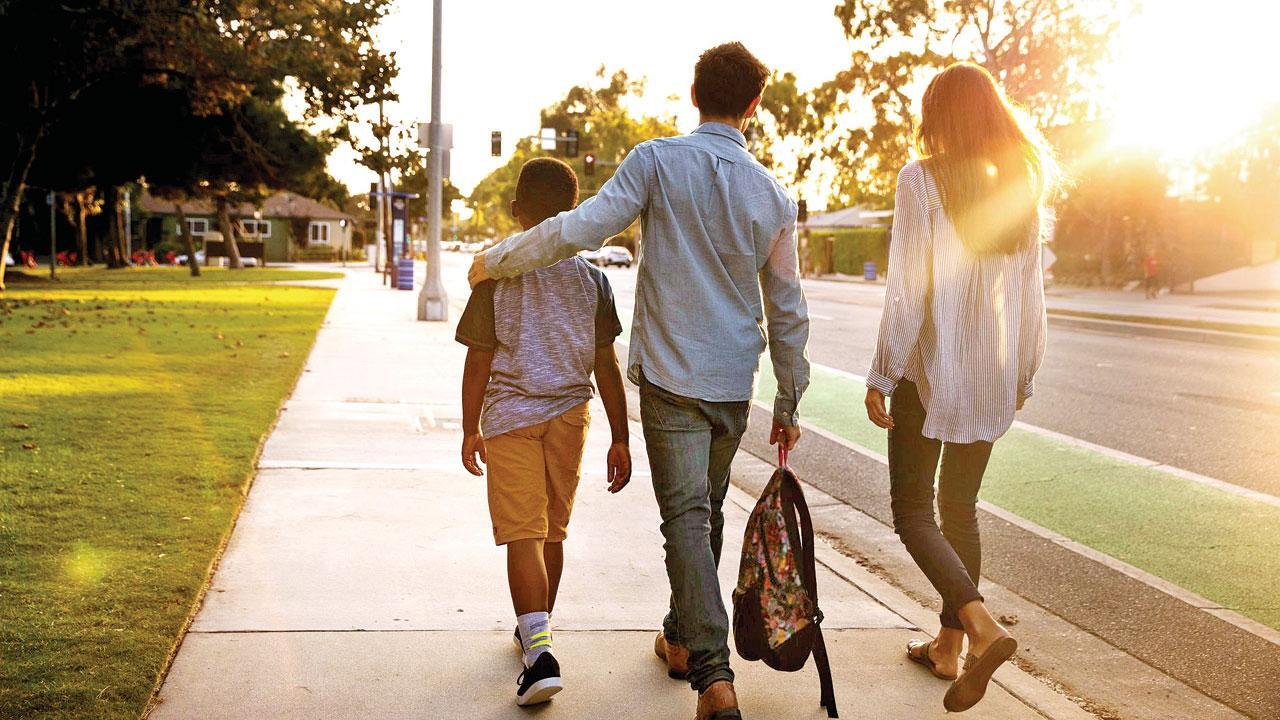Home / Sunday-mid-day / / Article /
In search for the right second home
Updated On: 11 February, 2024 08:42 AM IST | Mumbai | Gautam S Mengle
The recent annulment of a three-year-old boy’s adoption, whose parents could not adequately care for him, has caused stakeholders and experts to look within and speak up about the consequences of such cases

Adopting a child is always a sensitive tight rope and an annulment, even if a rare occurrence, casts a shadow on the entire process, experts say. Pic/Istock
It was when she turned 13 that the Bal Asha Trust got involved with the case of an orphaned girl child. Under the care of another orphanage at the time, the Trust’s team got to know her at an event. Once the legal formalities to take over her care were finished, the child was declared free for adoption.
“The couple who approached us was very self-aware,” says Sunil Arora, executive director at Bal Asha Trust. “They came to us with the firm stand that they wanted to adopt an older child, because they were in their early 40s. Adopting a younger child would have meant that they’d be in their 60s by the time the child approached its teenage years.”




